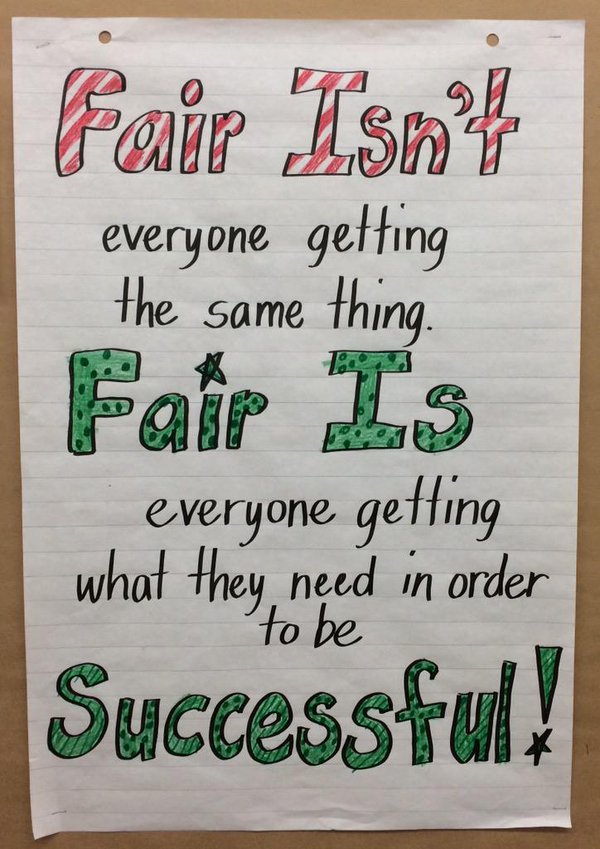The routes and schedules of public transit, the presence or absence of sidewalks, the availability of different transportation options, and the design of highways that divide cities—these are examples of aspects of transportation systems that can profoundly impact underserved communities’ access to basic needs like jobs, health care, education and even food.
A new study by University of Michigan researchers reveals common barriers that transportation decision-makers face in considering these issues and addressing them.
To conduct the study, a team from a multidisciplinary project involving engineering, public policy and data science interviewed 59 transportation practitioners in government, industry, the nonprofit sector and academia.
Increasing the equitable access to resources that transportation provides has risen on transportation practitioners’ priority lists in recent decades, to the point that 80% of those interviewed said that they directly address social equity and fairness in their work. But common barriers they face include the need for more and better data on equity and transportation needs, as well as more effective ways to measure transportation equity.
How transportation system can perpetuate inequities
Historically, transportation systems have deepened inequity by, for instance, building highways that cut off and divide Black and low-income neighborhoods, among other decisions that prioritized the convenience of white residents. In addition to not repeating these injustices, many modern transportation practitioners view their role as having a responsibility to actively improve access to transportation. Poor mobility options can make it difficult for people in low-income communities to access healthy food, attend school, find and keep jobs, and receive adequate health care. It eats up time that people with limited resources can’t afford to waste.
“There’s a woman in Detroit who spends three hours riding the bus with her kid to go to school every day. That’s three hours she’s not earning the money that might help her move closer to that school or buy a car to reduce the commute. It’s three hours she can’t spend preparing healthy food, from a grocery store that might be as inaccessible as the school, and could lead to long term health problems. These inequities stack,” said Kaylla Cantilina, a Ph.D. student in design science and first author on the paper in the journal Transportation Research Record.
Barriers to progress in transportation equity
Practitioners cited these crucial barriers to improving transportation equity:
Collecting and connecting data sets: Policymakers said they couldn’t get access to data in private companies, and private companies said that they couldn’t seamlessly connect public data sets with their own data.
Lack of information on needs: Transportation practitioners need more information about the gaps experienced by underserved communities—where they need to go, when they need to go there and why current services are inadequate. In some cases, moving people won’t be the sole solution. Cities may need to work with schools, hospitals and grocery stores to support the populations that need them.
“A lot of problems aren’t purely transportation, but if we get more information about those problems, then we can address the pieces that relate to transportation,” Cantilina said..
How better communication could lead to solutions
One potential solution is to improve communication between engineers and policymakers, and between data scientists and policymakers.
“Transportation equity practitioners, including engineers and data scientists, cannot develop solutions isolated from contexts and communities,” said Shanna Daly, U-M associate professor of mechanical engineering who co-authored the paper.
“Transportation work has both technical and social dimensions that must be considered in parallel, even in disciplines that have been conventionally ‘boxed off’ as having only a technical focus.”
As for how to facilitate those connections, some practitioners shared their approaches that could serve as models—such as a partnership between a city and a ride-sharing or automotive company to share data under agreed-upon parameters. Another example came from a state metropolitan planning organization, which handles regional mapping, allocation of funding and regulation of transportation around cities. The organization has an open office in which departments are mixed, making it easy to solicit knowledge without asking for a meeting.
One of the surprises was that for more than half of the transportation practitioners, money wasn’t considered a major barrier. But reallocating money from other projects was often a challenge. Transportation decision-makers need structures in place to advocate for apportioning money with equity in mind, the researchers said.
“If you have a clump of money that automatically goes to highway management, is it really that hard to convince people not to use all of it for the highway? Why can’t we build a sidewalk on this low-income road so kids can walk to school safely? It’s a matter of priority,” Cantilina said.
Closing the gap between academic researchers and practitioners
The study uncovered gaps between academic research and transportation practice. Often, the academic research in transportation equity focuses on approaches and tools that are not always easily applied, Cantilina said. Meanwhile, practitioners aren’t necessarily taking advantage of the groundwork laid in research, though they sometimes come to the same conclusions.
In addition, academic researchers aren’t aware of many of the problems that transportation practitioners in governments, nonprofits and private companies run into. With better connections, researchers could look into more relevant questions and practitioners could avoid reinventing the wheel. One open question is how to measure transportation equity.
Better solutions would free up talent that is currently stuck at home or lost to excessively long bus rides.
“Transportation is a form of freedom,” Cantilina said. “You don’t have time to dream when you’re trying to access the resources just to survive.”
Urban and transportation planning: The solution to physical inactivity?
More information:
Approaches and barriers to addressing equity in transportation: Experiences of transportation practitioners, doi.org/10.1177/03611981211014533
Provided by
University of Michigan
Citation:
‘Transportation is a form of freedom’: How to make it more equitable (2021, June 10)
retrieved 13 June 2021
from https://techxplore.com/news/2021-06-freedom-equitable.html
This document is subject to copyright. Apart from any fair dealing for the purpose of private study or research, no
part may be reproduced without the written permission. The content is provided for information purposes only.



